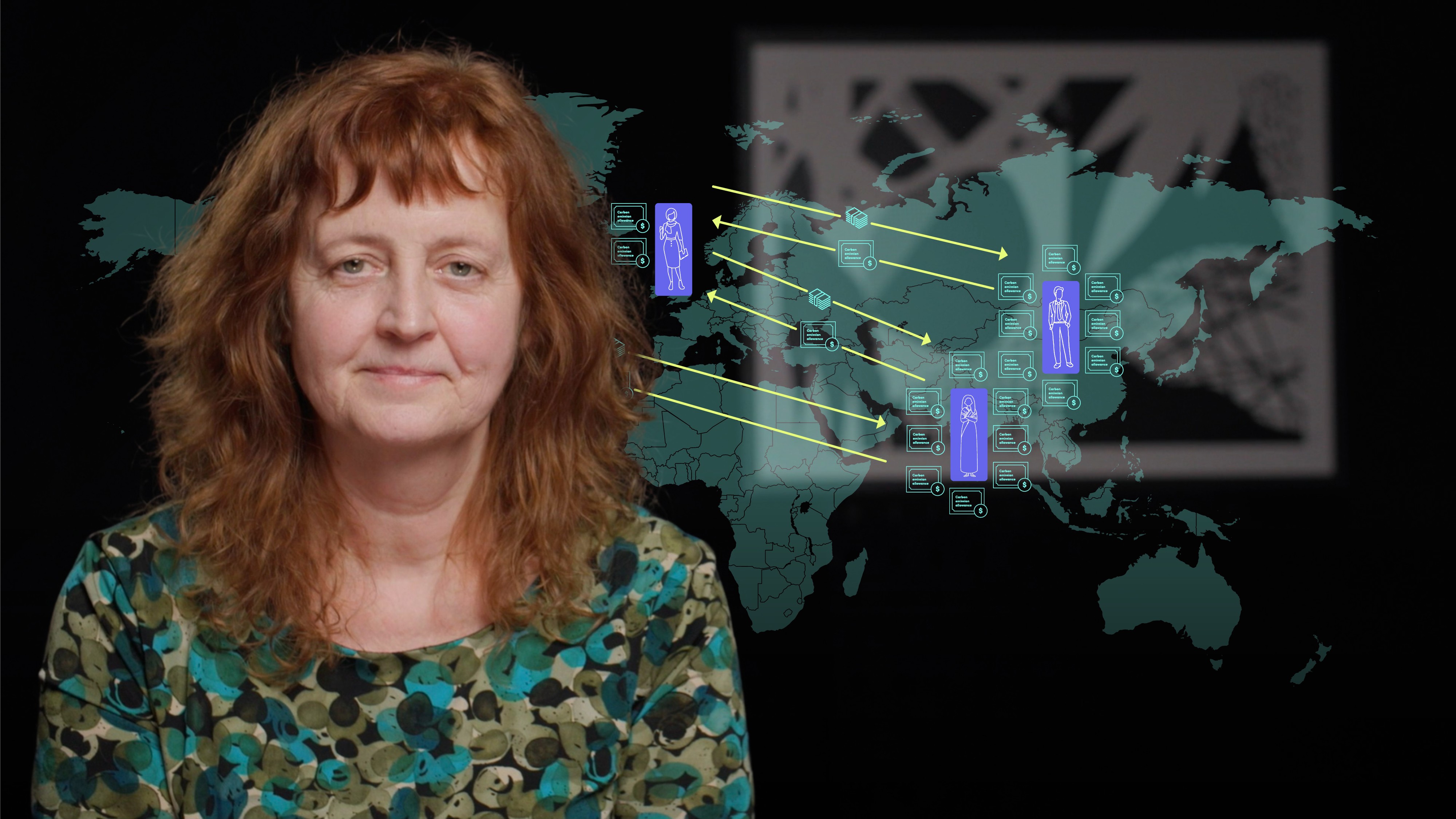
Origins of Emissions Trading Schemes

Nicola Steen
30 years: Emissions Trading Schemes
Having studied the theory and rationale behind emissions trading schemes, in this video Nicola Steen takes us through the origins of the first pan-economy emissions scheme, the UK Emissions Trading Scheme (ETS). She provides history and context around the discussions that took place before the genesis of the UK ETS and also how it eventually merged with the EU ETS before splitting again as UK ETS II post Brexit.
Having studied the theory and rationale behind emissions trading schemes, in this video Nicola Steen takes us through the origins of the first pan-economy emissions scheme, the UK Emissions Trading Scheme (ETS). She provides history and context around the discussions that took place before the genesis of the UK ETS and also how it eventually merged with the EU ETS before splitting again as UK ETS II post Brexit.
Subscribe to watch
Access this and all of the content on our platform by signing up for a 7-day free trial.

Origins of Emissions Trading Schemes
12 mins 43 secs
The biggest task with emission trading schemes is to ensure that the scheme actually does what it set out to do, reduce emissions! To achieve this, careful consideration is required around participants, allocation, mechanics and regulation of the scheme.
Key learning objectives:
Understand the usefulness of an emissions trading scheme
Learn the considerations and discussions leading up to the UK ETS
Subscribe to watch
Access this and all of the content on our platform by signing up for a 7-day free trial.
How do emissions trading schemes ensure that we reduce global emission levels?
If permits were handed out on an equal per capita basis, people in some economies would have too few permits while people in other economies would have too many. Trading could then ensue, due to the fact that it doesn't matter scientifically where in the world a tonne of greenhouse gases is reduced or emitted, it has the same effect. It would make sense for those who need more permits to cover their extra emissions by acquiring permits from people in developing economies (who have a surplus) to balance the global books, ensuring the cap is met.
How was the UK ETS developed?
The UK ETS was a collaborative effort between many individuals and organisations. Inclusion of energy users of energy led to unusual aspects of the scheme. The Department of Trade and Industry, Department of Environment and, crucially, The Treasury and the regulator Ofgem were also involved. The Association of Electricity Producers (AEP) played a key role in starting discussions early on. Considerations were given around how trading would happen in the UK and also around how it would interface with global rules. The Emissions Trading Group (ETG) in 1999 was formed as a venture of the Advisory Committee on Business and the Environment and the Confederation of British Industry. The ETG then carried on then carried on the responsibility for the UK ETS discussions and included a broad group from industry, the City and Government.
What were the challenges that the UK ETS had to address?
The most challenging theme during discussions of the UK ETS was how to deal with upstream/downstream issues (avoiding double counting of emissions and reductions) due to widening of the group from power generators and other direct emitters to end users of energy. A ‘gateway’ was designed, a mechanism that acted like a valve, to keep the capped number of emissions secure.
This gateway meant that any companies who wanted to be involved in the scheme could only trade in the constrained or capped part of the scheme (where allowances were handed out on an absolute basis - measured in tonnes’) and any allowance from an entity outside the gateway (where allowances were allocated on non-absolute, unit per output basis) could only enter and trade within the scheme if an allowance (or more) had exited through the gateway.’
The gateway was to ensure that the total amount, within the gated side of the scheme, could never rise above the pre-assigned emissions limit.
What were the other complications that arose in the discussions on the UK ETS?
The Department of Trade and Industry (DTI) had asked the generators if having a cap on their emissions would mean they switched out of coal. The generators confirmed that they would. The Government then decided that generation would be excluded from the Emissions Trading Scheme as coal still provided many jobs and votes in part of the country. This led to a final design where generators were excluded and end users had the opportunity of being involved in the scheme.
How was the EU ETS formalised?
The EU ETS started in 2005 and focussed on big emitting sectors: electricity and heat generation, steel and aluminium, cement, paper and glass, ceramics and brick. The UK became part of the EU ETS and the UK ETS was shut down in 2009. Following Brexit, the UK initiated its own scheme again, the UK ETS (mark II)
Subscribe to watch
Access this and all of the content on our platform by signing up for a 7-day free trial.

Nicola Steen
There are no available videos from "Nicola Steen"






















